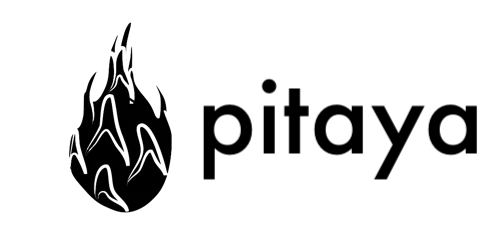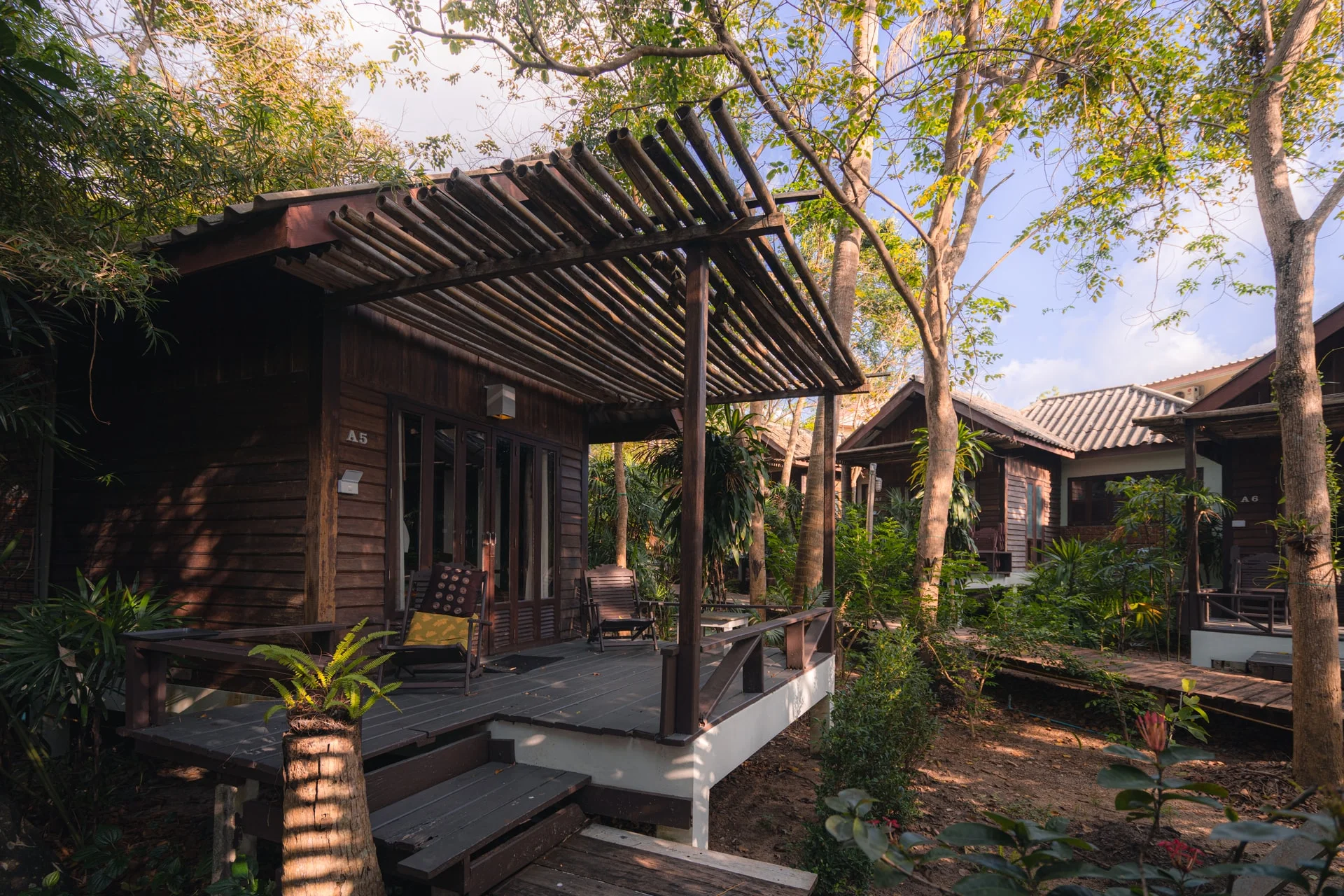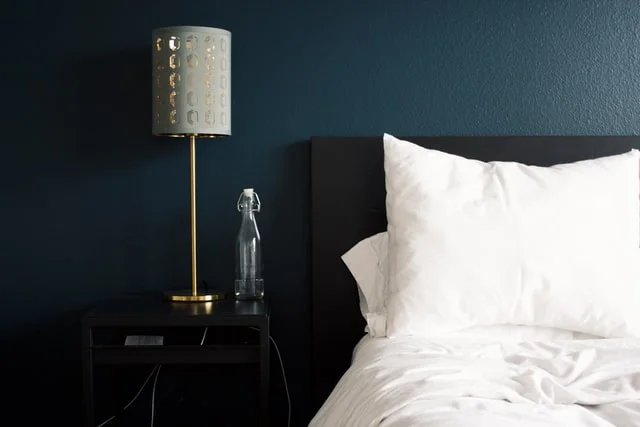· Sara Victoria · Blog · 4 min read
How to Calculate RevPAR?
RevPAR is a fundamental hospitality metric for measuring performance of a hotel.

Table of Contents
- What is RevPAR?
- How to Calculate RevPAR?
- Example for Calculating RevPar
- Why is RevPAR Important?
- What are the Shortcomings of RevPAR?
- How to Improve RevPAR
- RevPAR with Other Metrics
- RevPAR & Competitors
- RevPAR & Hotel Software
- Learn More
What is RevPAR?
Revenue per available room or RevPAR is a hospitality performance metric used for hotels. RevPAR is a useful metric as it takes into account the hotel’s average daily rate(ADR) and occupancy rate making it an important metric in determining hotel performance.
How to Calculate RevPAR?
There are two methods for calculating RevPAR:
Method 1:
RevPAR = Average Daily Rate x Occupancy Rate
Method 2:
RevPAR = Total Room Revenue / Total Rooms Available
Example for Calculating RevPar
As an example, assuming a hotel has 150 rooms available, an average daily rate of $100, and an occupancy rate of 90%, the hotel has a total revenue of $13,500 for the period. The calculation of RevPAR in this example would look like this:
Using Method 1: $90 = $100 x 90%
Using Method 2: $90 = $13500 / 150
To Calculate RevPAR for another length of time just multiply the daily RevPAR by the number of days in the desired period (monthly, quarterly, etc.), this will assume all rooms are priced the same.
Why is RevPAR Important?
Ultimately, RevPAR helps hotel managers run their hotels in several capacities:
- RevPAR assists in providing an idea of how much a hotel could charge for a room. As an example, if a hotel has a RevPAR of $120 but an average room rate of $130, reducing the average rate may help reach full occupancy.
- It is also a powerful metric to measure your business performance overtime.
- When used in conjunction with other metrics it helps in developing a revenue management strategy for the hotel.
What are the Shortcomings of RevPAR?
RevPAR alone is not a great measure of overall hotel performance as it doesn’t take into account the size of the property nor does it measure any information on profit. Given that, it is possible to increase RevPAR while decreasing the hotels profitability. This is why RevPAR should be evaluated amongst other hotel performance metrics at the same time. Combined with Occupancy Rates and Average Daily Rate will provide a clearer picture of the hotels performance.
How to Improve RevPAR
Now that we have an understanding of how to calculate RevPAR and we understand the importance of it, the next question is, how to increase RevPAR?
We will focus on a few key strategies to help improve RevPAR, these strategies will have a direct on your RevPAR immediately.
Revenue Management is a strategy designed around selling the right room to the right customer by adjusting prices based supply and demand. Increasing prices as demand increases will maximize revenue earned. Modern channel managers & booking engines will optimize pricing automatically for you. RevPAR and revenue will increase as rooms are being sold for the optimum price.
Unique Pricing Strategies for high seasons, low seasons, holidays, weekends, and weekdays will help to ensure optimal RevPAR in each of those strategies.
RevPAR with Other Metrics
RevPAR is most effective when used in conjunction with other metrics. Here are some key metrics to consider:
- Average Daily Rate (ADR): The average revenue earned per occupied room
- Occupancy Rate: The percentage of available rooms that are occupied
- Total Revenue per Available Room (TRevPAR): Includes revenue from all sources, not just rooms
- Gross Operating Profit per Available Room (GOPPAR): Measures profitability per available room
RevPAR & Competitors
RevPAR is also useful for comparing your hotel’s performance against competitors. By tracking RevPAR across your market segment, you can:
- Identify market trends
- Benchmark your performance
- Adjust pricing strategies
- Make informed decisions about market positioning
RevPAR & Hotel Software
Modern hotel software can help you track and optimize RevPAR through:
- Automated revenue management
- Dynamic pricing
- Channel management
- Performance analytics
- Market intelligence
Learn More
To learn more about hotel metrics and revenue management, check out our other articles:
Pitaya is the Future of Hotel Software
Our goal is to build the most elegant, simple, and easy to use guest experience platform on the market so that hotels can focus more on great hospitality.
These are just a few reasons why cloud-based pms systems like Pitaya are the future of the hospitality industry. Pitaya is building the future of hospitality tools to enable you to work more efficiently, with reduced over head, and in a safer manner.
Pitaya staff works directly with hoteliers to assist in the transition from one PMS system to Pitaya. In the past this used to be a daunting task but with Pitaya’s staff at your side and your modern processes in place we eliminate all of the hassle for you during the transition period.
Our philosophy here at Pitaya is that the guest experience begins the moment they reach a touch point (website, social media, etc.) and it never ends.




